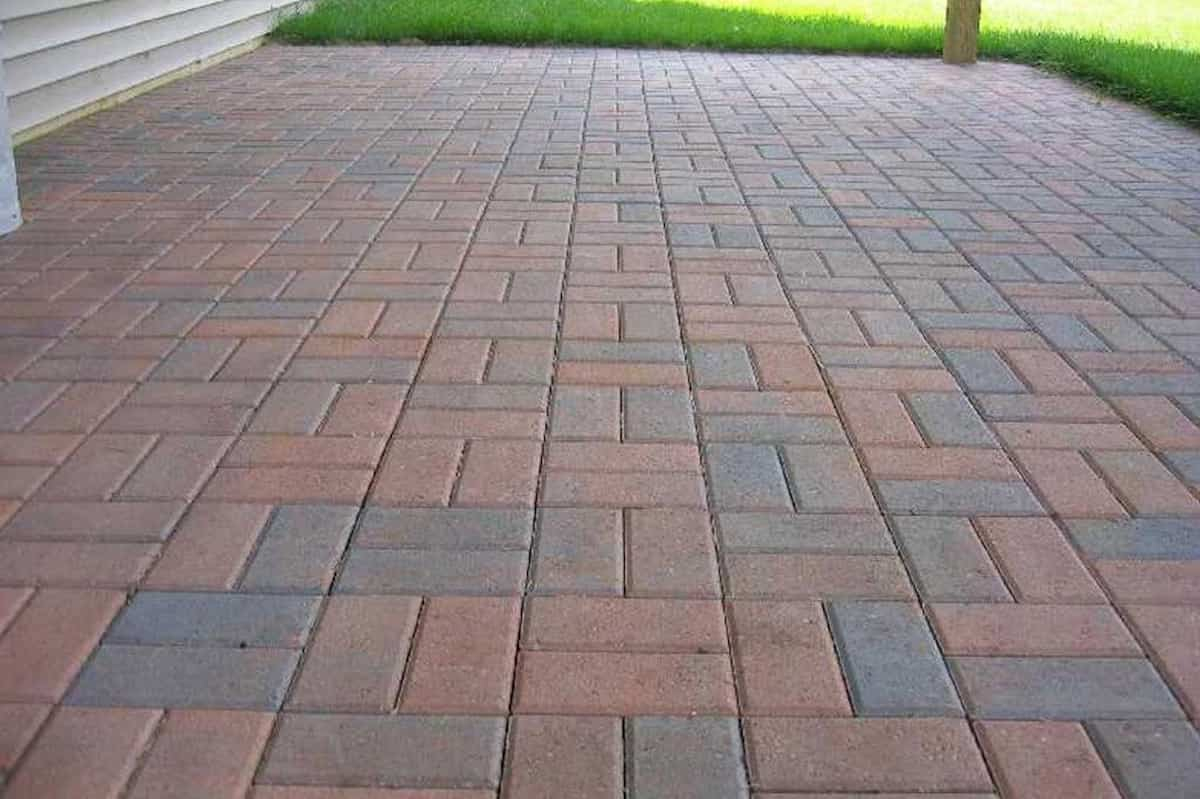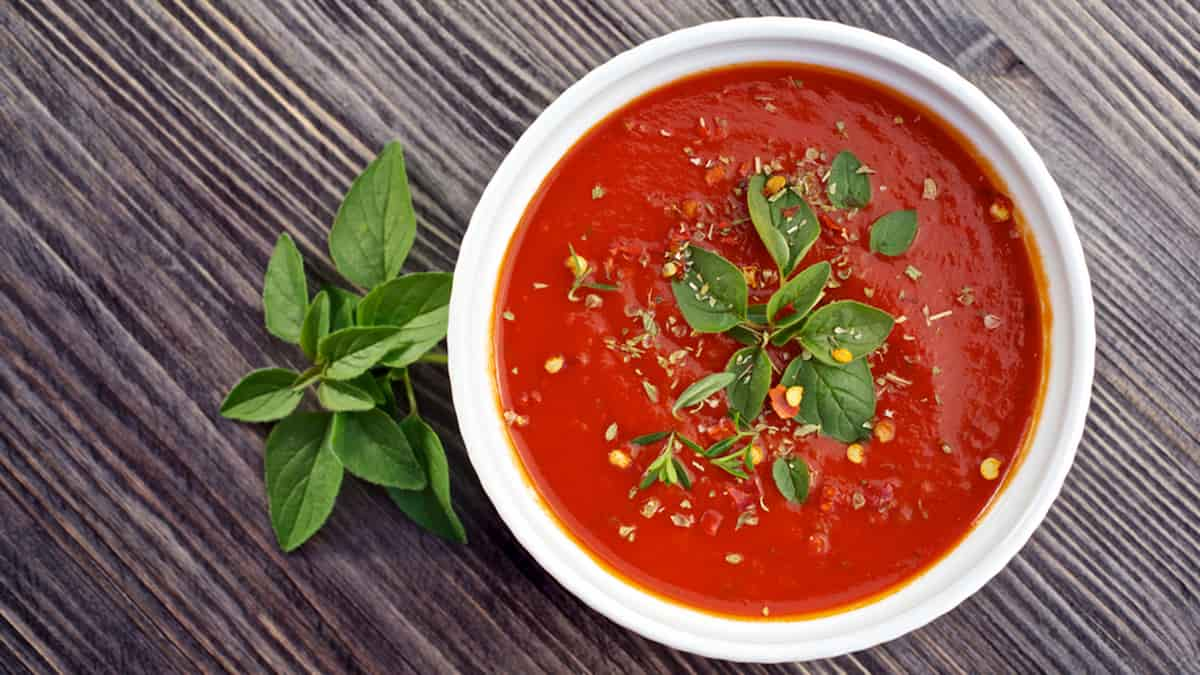Any floor tile that you end up choosing will be made in some way, regardless of how it was made. But the process and method of producing ceramics is a world of its own.
This method is old and the advantages it provides are many and attractive: beauty, toughness, utility and versatility.
Ceramic tile is a piece of art that you can walk on. It’s a stunning entryway, a relaxing bathroom or spa surface, and a visual feast in a fine kitchen. Ceramic tiles underfoot are a work of art that both home owners and guests look for.

Knowing how ceramics are made gives you insight into the process from the beginning. If you choose this flooring product, you will be living with this material for years, so it is important to know this information.
Knowing how ceramics are made also helps you better understand and evaluate their performance characteristics. You will learn why some ceramic products last longer than others and why some are easier to clean.
Additionally, knowing how ceramic is made can help you make a better purchase, estimate the cost of ceramic flooring, and stay within your home improvement budget.
Please continue reading so we can explain the different steps involved in making ceramics, discuss alternative types of ceramics, and provide you with an easy-to-use wear rating system.
Earth and fire are united in the production of ceramics.
The main components of ceramic tiles and their basic manufacturing method have not changed much over the years.
All ceramic tiles are made from clay materials that are mined, formed into tiles, and then heated to very high temperatures in kilns.
Description of two types of ceramic tiles.
Glazed and unglazed tiles are the two main types of tile making.
Two layers are visible next to the glazed tiles. Bisco, or the largest layer, is the physical composition of the tile. As in glazed donuts, the topping is called the glaze.

After firing, glazed tiles have a hard, non-porous and impermeable surface. They’re easier to clean and more stain-resistant than unglazed tiles—something to think about in high-traffic areas of your home, like kitchens and bathrooms.
Your house will have a completely different beauty with unglazed tiles. They have no glaze on them and are completely uniform. Bodybuilding is a common term used to describe this.
They are usually denser and more durable than glazed tiles and have no additional surface treatment. As a result, they are better suited for indoor and outdoor applications where wearability is a concern.
Unglazed tile may be the best option if your home has high-traffic areas or “kids’ areas.”
The production of ceramic tiles consists of five stages: extraction, mixing and mixing, pressing, glazing and firing.
Step 1 is basic and natural.
The process begins with the extraction of raw materials, a mixture consisting mainly of clay and minerals.
In the second stage, the mud turns into fine sand.
A semi-fine powder is created from the combination and combination of clay and mineral mixture.
Water is added to create a wet slurry or mud-like consistency. The slurry is then pumped to a substantial drier.
And the result? The powdery clay is so fine that it has a warm and fine sand texture.
Form creation happens in step three.

The clay is then pressed or shaped into tiles. At this stage, these compact tiles are referred to as green tiles.
Extrusion is a different technique that can replace the pressing step. Extruded tiles are made by pushing the clay material through a mold to achieve the desired shape, rather than pressing.
However, the most common technique today is the press. Green tiles are dried to remove some moisture after forming.
The glazing stage is the fourth stage.
The next step is in the production of tiles that will have glaze.
If the tile is to remain unglazed, this step is omitted and it is immediately fired in the kiln.
A glass by-product called ferrite and colored pigments are used to make the glaze liquid. High-pressure spray or direct pouring of glaze is used to cover stone tiles.
In stage 5, things really heat up.
Currently, the kiln is firing ceramic tiles at about 2,000 degrees Fahrenheit.
Monocutura tiles or single-fired tiles are tiles that are fired only once after applying the glaze.
Biocultural or two-baked tiles are other types. After the green tile dries, the Biocuturra tiles are first fired and then fired again after the glaze is applied.

Porcelain is a durable, optional option.
In addition to the two varieties of ceramic tile—glazed and unglazed—there is another group that is steadily gaining popularity: stunning, elegant porcelain tile.
Porcelain tile is fired at a much higher temperature than regular ceramic tile because it contains 50% feldspar. Because of this, porcelain tile is much denser and harder than other types of tiles.
These tiles are a good option for your home due to their high performance and low water absorption ratings of less than 0.5 percent.
Porcelain tile can also be used for heavy or commercial areas, as well as interior and exterior applications.
The finished tiles are packaged, crated, and prepared for shipping after they have undergone quality assurance inspection.
Recognize this to become an informed tile shopper.
Not every ceramic tile can be used in every room of your house. It might not be advisable to install the lovely, decorative tile you might use for your kitchen backsplash on the floor.
The American Society for Testing & Materials (ASTM) is the basis for or supporter of the rating system used by the majority of manufacturers (ASTM). These ratings are frequently listed in the product catalog or on the tile sample.
The most popular system rates the overall durability or abrasion resistance of ceramic tiles. There are five classes that you should be aware of.



